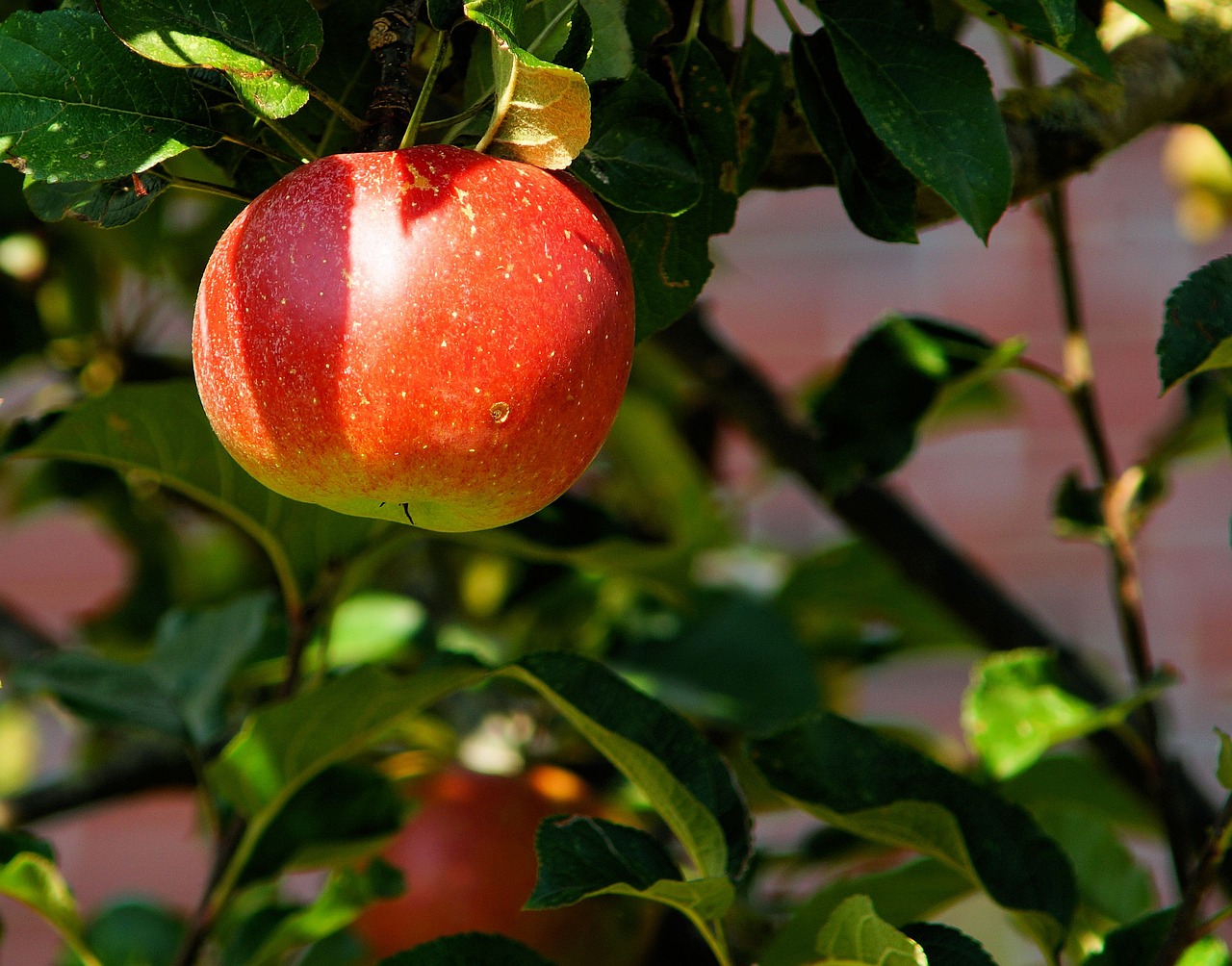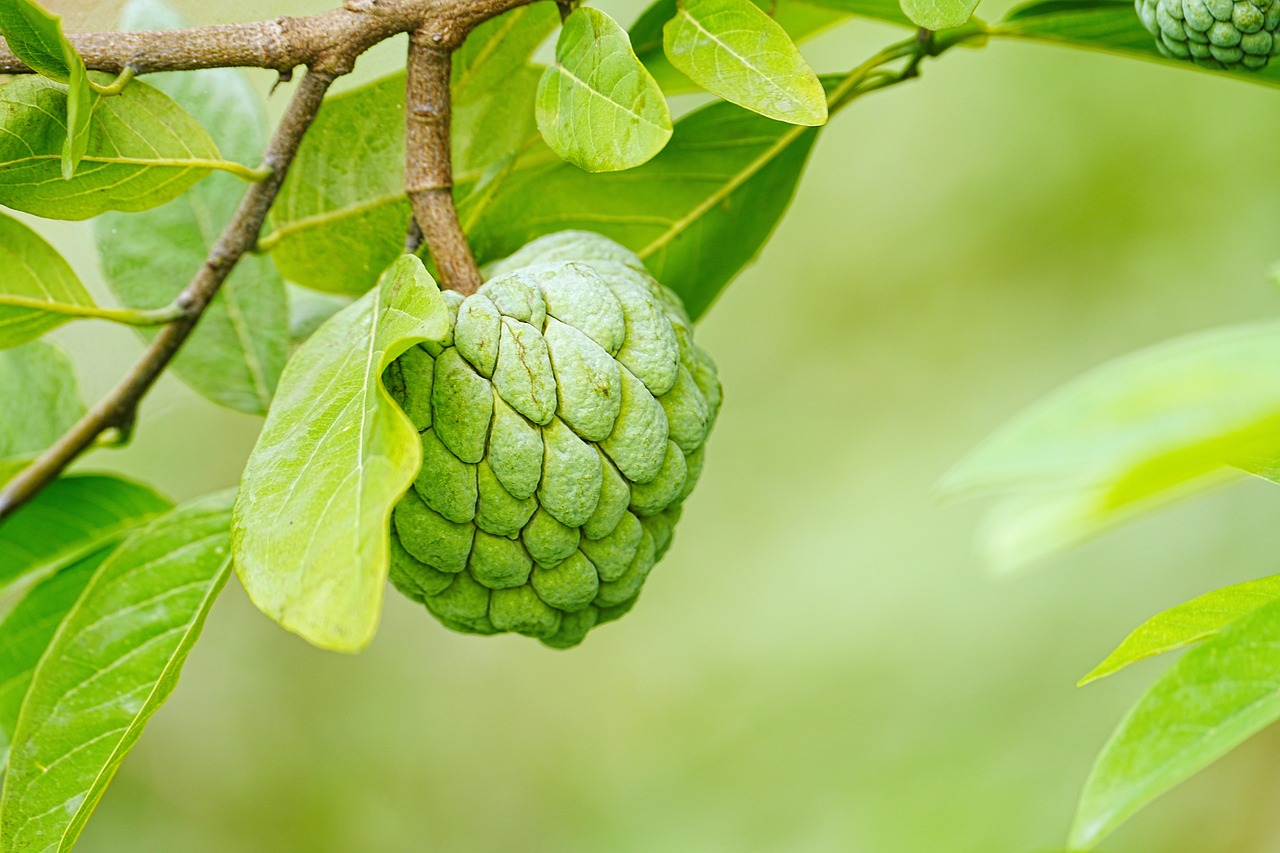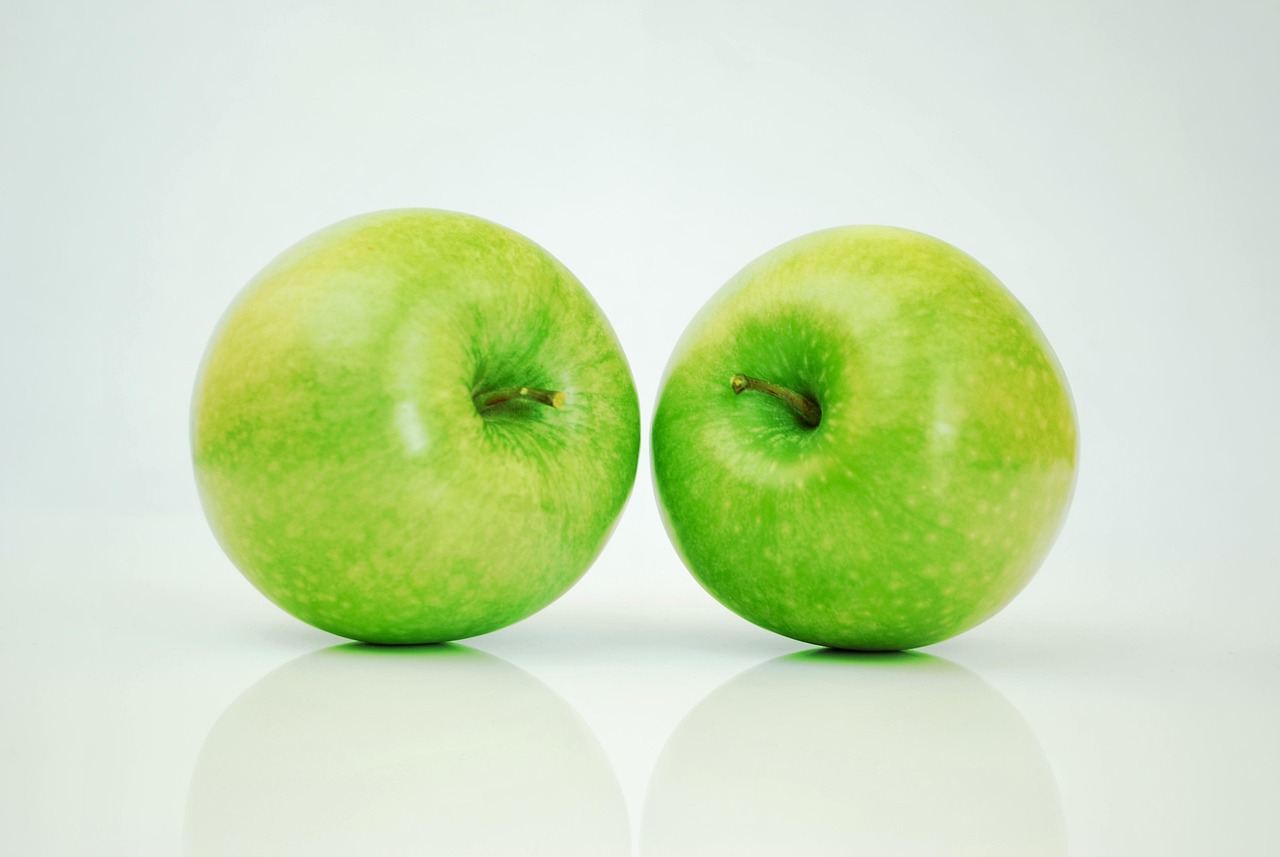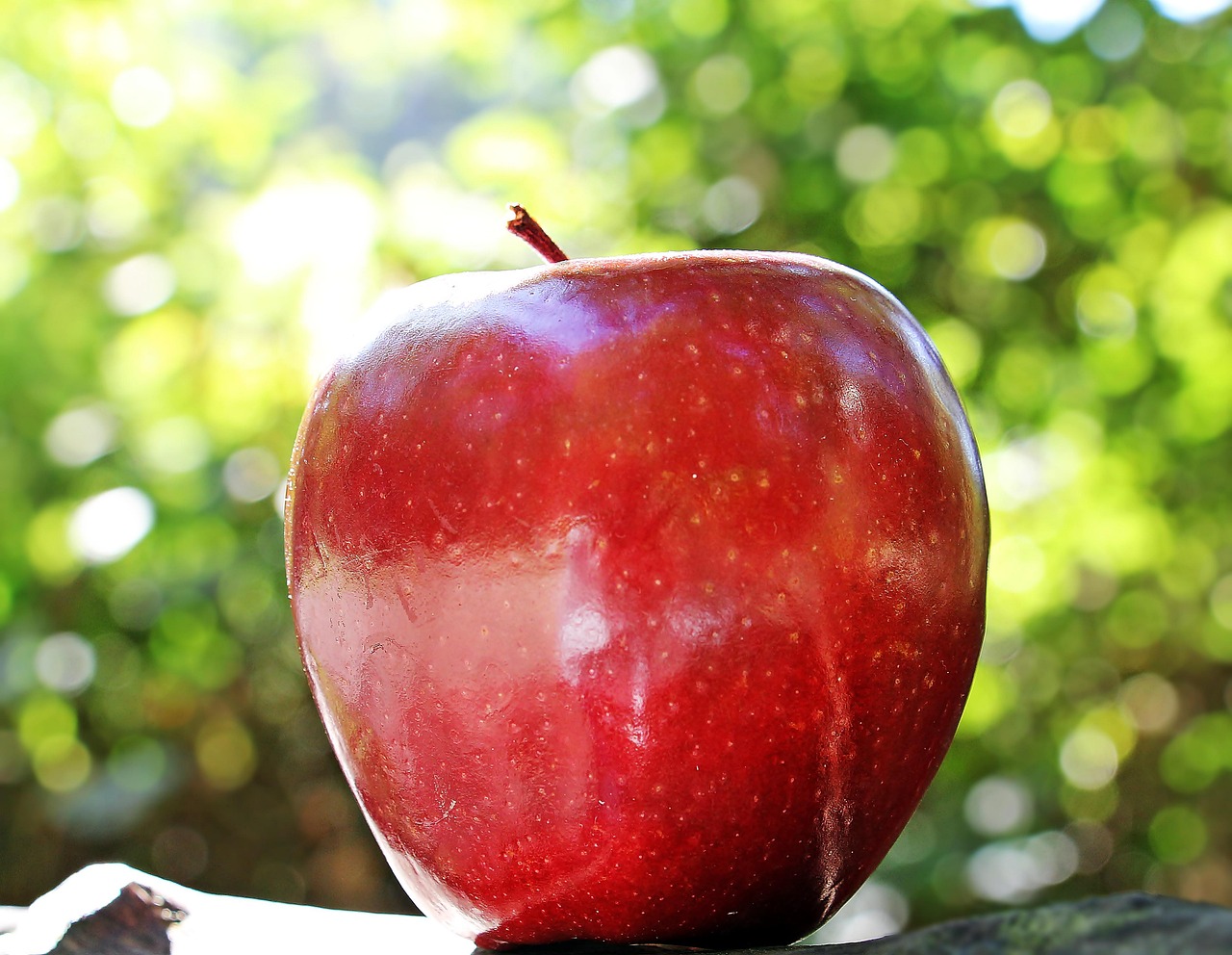Several green apple varieties are popular among growers and consumers, including Granny Smith, Pippin, and Crispin. These apples thrive in well-drained soils and require adequate sunlight for optimal growth, making them ideal for temperate climates.
Understanding Green Apple Varieties
Green apples are not only delicious but also versatile. They can be eaten fresh, used in cooking, or made into cider. The tartness of green apples makes them a favorite choice for many recipes. Each variety has its unique flavor profile and growing requirements, making it essential for growers to understand what suits their environment best.

Among the many varieties available, three stand out for their popularity and adaptability: Granny Smith, Pippin, and Crispin. Each of these varieties has distinct characteristics that make them appealing to both gardeners and consumers.
Granny Smith Apples
Granny Smith apples are perhaps the most recognized green apple variety. Originating in Australia in the 1860s, they have become widely popular due to their tart flavor and crisp texture. These apples are often used in baking and salads.
Growing Granny Smith apples requires specific conditions:

- Soil: Well-drained, loamy soil with a pH between 6.0 and 7.0.
- Sunlight: Full sun exposure for at least 6-8 hours a day.
- Temperature: They thrive in temperate climates with cold winters to ensure proper dormancy.
Pippin Apples
Pippin apples are another excellent green variety. Known for their complex flavor, which balances sweetness and tartness, they are perfect for eating fresh or cooking. This variety is believed to have originated in the 17th century.
To successfully grow Pippin apples, consider the following conditions:
- Soil: Preferably sandy or clay-loam soils that drain well.
- Sunlight: Requires full sun to develop their characteristic flavor.
- Climate: Best suited for regions with moderate temperatures and sufficient chilling hours during winter.
Crispin Apples
Crispin apples, also known as Mutsu apples, are a cross between Golden Delicious and Indo apples. They feature a sweet-tart flavor and are excellent for both eating fresh and cooking. This variety was developed in Japan and has gained popularity worldwide.

The growing conditions for Crispin apples include:
- Soil: Rich, well-drained soil with good moisture retention.
- Sunlight: Requires full sun exposure for optimal fruit development.
- Temperature: Thrives in areas with a moderate climate, similar to Granny Smith.
Key Growing Conditions for Green Apples
When cultivating green apple varieties, several key factors must be taken into account. Understanding these growing conditions will help ensure a successful harvest. Below is a summary of essential conditions:
| Condition | Description |
|---|---|
| Soil Type | Loamy or sandy soils that drain well are ideal for apple trees. |
| pH Level | The optimal soil pH range is between 6.0 and 7.0. |
| Sunlight Requirements | Apple trees need at least 6-8 hours of direct sunlight each day. |
| Climate | Temperate climates with cold winters are best for apple cultivation. |
| Watering Needs | Regular watering is necessary, especially during dry spells; however, avoid waterlogging. |
In addition to these factors, proper pruning and pest management play critical roles in maintaining healthy apple trees. Growers should regularly inspect their trees for signs of disease or pest infestations to ensure a fruitful harvest.

By understanding the various green apple varieties and their growing conditions, gardeners can successfully cultivate these delicious fruits in their orchards or backyards. Each variety offers unique flavors and uses, making them a valuable addition to any garden.
Common Diseases and Pests Affecting Green Apples
To successfully grow green apples, it is crucial to understand the diseases and pests that can threaten their health. Apple trees are susceptible to a variety of issues that can affect fruit yield and quality. Early detection and management are key to maintaining healthy trees.
Common Diseases
Several diseases can impact apple trees. Here are some of the most prevalent:
- Apple Scab: This fungal disease causes dark, olive-green spots on leaves and fruit. It thrives in wet conditions and can lead to defoliation if not managed.
- Powdery Mildew: This fungal infection appears as white powdery spots on leaves and stems. It can weaken trees and reduce fruit quality.
- Cedar Apple Rust: This disease requires both apple trees and cedar trees to complete its lifecycle. It causes yellow-orange spots on leaves and can affect fruit development.
- Fire Blight: A bacterial infection that affects blossoms and young shoots, causing them to turn black and wilt. It is particularly damaging during warm, wet conditions.
Pest Management
Pests can also pose significant threats to apple trees. Effective pest management strategies are essential for protecting your crop. Common pests include:
- Codling Moth: Known as the “worm” in apples, these larvae burrow into the fruit, causing damage. Traps and pheromone lures can help monitor and control their population.
- Apple Maggot: The larvae tunnel into the fruit, causing it to drop prematurely. Regular inspections and traps can help manage infestations.
- Aphids: These small insects suck sap from leaves, leading to curled or yellowed foliage. They can be controlled through insecticidal soap or natural predators like ladybugs.
- Spider Mites: These tiny pests thrive in hot, dry conditions and cause stippling on leaves. Increasing humidity and using miticides can help manage their populations.
Cultivation Techniques for Healthy Green Apples
Proper cultivation techniques are vital for ensuring healthy apple trees and maximizing fruit production. Here are some essential practices:
Pruning
Pruning helps promote airflow, sunlight penetration, and overall tree health. Here are key points to consider:
- Timing: Prune during late winter or early spring before new growth begins.
- Techniques: Remove dead, damaged, or crossing branches. Thin out crowded areas to enhance airflow.
- Form: Aim for a central leader tree shape or an open-center shape to allow sunlight to reach all parts of the tree.
Irrigation Practices
Irrigation is critical for maintaining soil moisture, especially during dry periods. Here are some recommended practices:
- Drip Irrigation: This method delivers water directly to the root zone, minimizing waste and reducing disease risk.
- Mulching: Apply organic mulch around the base of the tree to retain moisture and suppress weeds.
- Watering Schedule: Water deeply but infrequently to encourage deep root growth. Monitor soil moisture levels regularly.
Nutrient Management
Nutrient management ensures that apple trees receive the necessary elements for growth. Consider the following:
- Soil Testing: Conduct soil tests to determine pH levels and nutrient deficiencies.
- Fertilization: Use balanced fertilizers based on soil test results. Organic options like compost or well-rotted manure can improve soil health.
- Timing: Fertilize in early spring before bud break to support new growth.
The Importance of Pollination
Pollination plays a crucial role in the fruiting process of apple trees. Most apple varieties require cross-pollination for optimal fruit set. Here are some key points about pollination:
- Pollen Sources: Planting multiple apple varieties nearby can enhance pollination rates. Honeybees and other pollinators play a vital role in transferring pollen.
- Flowering Times: Ensure that different varieties bloom at overlapping times for effective cross-pollination.
- Pollinator Habitats: Create habitats that attract pollinators, such as flowering plants nearby, to support healthy populations.
By implementing these cultivation techniques, growers can enhance the health of their green apple trees. Proper care leads to improved yields, better fruit quality, and a thriving orchard environment.
Harvesting Green Apples
Harvesting is a crucial step in apple cultivation. Knowing when and how to harvest green apples can significantly affect their flavor, texture, and storage quality. The timing of the harvest can vary among different varieties of green apples.
When to Harvest
Timing the harvest correctly is essential. Here are some guidelines for determining when green apples are ready to be picked:
- Color: Look for a bright green color and a slight change in hue from the stem end. For varieties like Granny Smith, a glossy appearance indicates ripeness.
- Firmness: Gently squeeze the apple. It should feel firm but not rock-hard. Soft spots may indicate overripeness.
- Taste Test: Sampling an apple can provide the best indication of readiness. The flavor should be tart yet sweet, depending on the variety.
- Time Frame: Harvest times vary; Granny Smith apples typically ripen in late September to early October, while Pippins may be ready earlier in fall.
Harvesting Techniques
Using the right techniques for harvesting can help minimize damage to the fruit and tree. Consider the following methods:
- Hand-Picking: This method is gentle and helps avoid bruising. Use a twisting motion to detach the apple from the tree, taking care not to pull too hard on the branch.
- Baskets: Use soft baskets or padded containers to collect apples. Avoid using hard containers that can lead to bruising during transport.
- Timing: Harvest early in the morning or late in the afternoon when temperatures are cooler. This practice helps maintain apple quality.
Storing Green Apples
Proper storage is essential for maintaining the freshness and quality of harvested apples. Here are some best practices for storing green apples effectively:
Storage Conditions
The ideal storage conditions for green apples include:
- Temperature: Store apples in a cool environment, ideally between 30°F and 35°F (-1°C to 2°C). A refrigerator or a cold cellar works well for this purpose.
- Humidity: Apples require high humidity levels (around 90-95%) to prevent them from drying out. Placing them in a perforated plastic bag can help maintain moisture.
- Avoid Ethylene Gas: Keep apples away from other fruits and vegetables that produce ethylene gas, such as bananas and avocados, as it can accelerate ripening.
Packing and Handling
How you handle and pack apples for storage can also impact their longevity:
- Inspect Before Storing: Ensure all apples are free from bruises, cuts, or blemishes before packing. Damaged apples can spoil quickly and affect others.
- Separate Varieties: Store different apple varieties separately, as their ripening processes vary.
- Avoid Stacking: When placing apples in storage, avoid stacking them too high. This practice helps prevent bruising from weight pressure.
Cooking and Culinary Uses of Green Apples
Green apples are prized for their tartness and crisp texture, making them versatile ingredients in various culinary applications. Here are some popular ways to use green apples:
Fresh Consumption
Green apples can be eaten raw and enjoyed in several ways:
- Sliced with Dips: Serve sliced green apples with peanut butter or caramel dip for a tasty snack.
- Add to Salads: Their crispness makes them an excellent addition to salads, adding both flavor and texture.
- Smoothies: Blend green apples into smoothies for a refreshing tartness.
Cooking Applications
Green apples are also great for cooking and baking. Consider these uses:
- Pies and Tarts: Their tart flavor holds up well in pies and tarts, providing a delightful contrast to sweet fillings.
- Sauces: Cook down green apples to make a tangy sauce that pairs well with pork or poultry dishes.
- Baking: Incorporate diced green apples into muffins or bread for added moisture and flavor.
Nutritional Benefits of Green Apples
Green apples offer various health benefits, making them a nutritious choice for any diet. Here are some key nutritional facts:
| Nutrient | Amount per Medium Apple (about 182g) |
|---|---|
| Calories | 95 |
| Total Carbohydrates | 25g |
| Dietary Fiber | 4g |
| Sugars | 19g |
| Vitamin C | 14% of Daily Value (DV) |
| Potassium | 6% of DV |
The dietary fiber in green apples promotes digestive health, while vitamin C supports the immune system. Including these apples in your diet can contribute to overall wellness.
Additional Considerations for Growing Green Apples
In addition to the factors already discussed, several other considerations can help ensure a successful green apple harvest. These include understanding the importance of seasonal care, selecting the right rootstock, and being mindful of local environmental conditions.
Seasonal Care and Maintenance
Seasonal care is vital for maintaining healthy apple trees throughout the year. Here are some practices to consider:
- Spring: After pruning, apply a balanced fertilizer to support new growth. Monitor for pests and diseases as the trees begin to bloom.
- Summer: Regularly check soil moisture levels and provide irrigation if needed. Thin out excess fruit to promote larger, healthier apples.
- Fall: Harvest apples at the right time to ensure optimal flavor and storage. Prepare trees for winter by mulching and protecting the base from frost.
- winter: Inspect trees for any damage and plan pruning for the upcoming spring. Ensure that any fallen leaves or fruit are cleaned up to prevent disease carryover.
Selecting the Right Rootstock
The choice of rootstock can significantly affect the growth and productivity of apple trees. Different rootstocks offer various advantages:
- Dwarf Rootstocks: These varieties produce smaller trees that are easier to manage and harvest. They typically bear fruit earlier but may require more frequent watering.
- Standard Rootstocks: These lead to larger trees with a longer lifespan. They are generally more vigorous and can withstand harsher conditions but may take longer to bear fruit.
- Semi-Dwarf Rootstocks: These provide a good balance between size and productivity, making them suitable for many home gardeners.
Environmental Considerations
Local environmental conditions can influence apple tree health and productivity. Here are some factors to keep in mind:
- Climate: Understanding your local climate helps in selecting suitable varieties. Some green apples may thrive better in certain regions due to temperature and humidity variations.
- Soil Quality: Regular soil testing can reveal nutrient deficiencies or pH imbalances that need addressing for optimal growth.
- Water Availability: Ensuring a reliable water source is essential, especially during dry spells. Consider using rainwater collection systems or efficient irrigation methods.
Final Thoughts
The world of green apples is rich with variety and opportunity for both novice and experienced gardeners. Understanding the characteristics of popular green apple varieties such as Granny Smith, Pippin, and Crispin allows growers to select the best options for their specific conditions.
Proper cultivation techniques, including effective pest management, pruning, irrigation, and seasonal care, play critical roles in ensuring healthy trees and high-quality fruit. Green apples not only provide culinary versatility but also offer numerous health benefits, making them a valuable addition to any diet.
As you embark on your journey to grow green apples, remember the importance of pollination, harvesting at the right time, and implementing good storage practices to enhance your enjoyment of these delicious fruits. With diligence and care, you can cultivate a thriving apple orchard that will yield bountiful harvests for years to come.
Ultimately, embracing sustainable gardening practices will benefit not only your apple trees but also the environment. By choosing organic methods and paying attention to local ecology, you can contribute positively to your community while enjoying the fruits of your labor.
